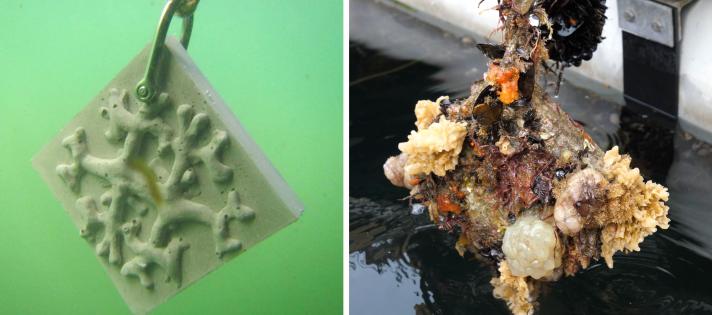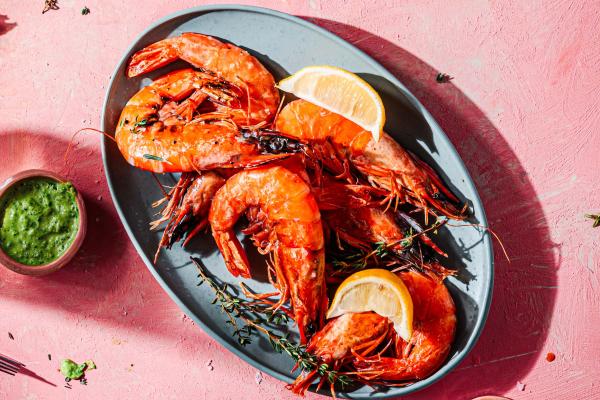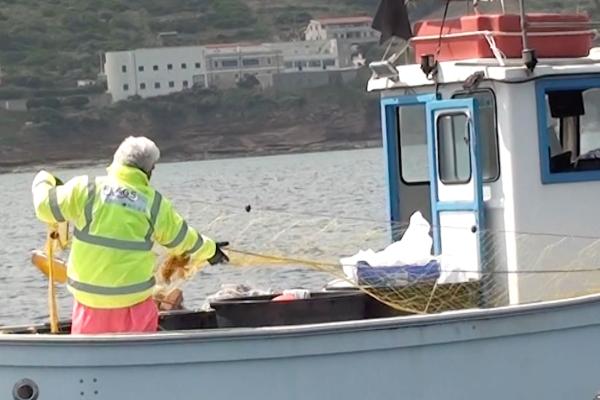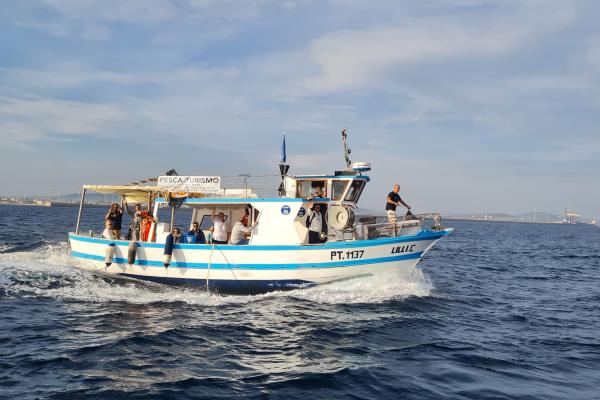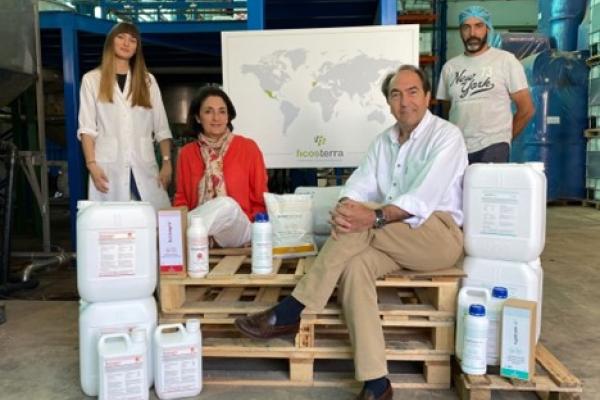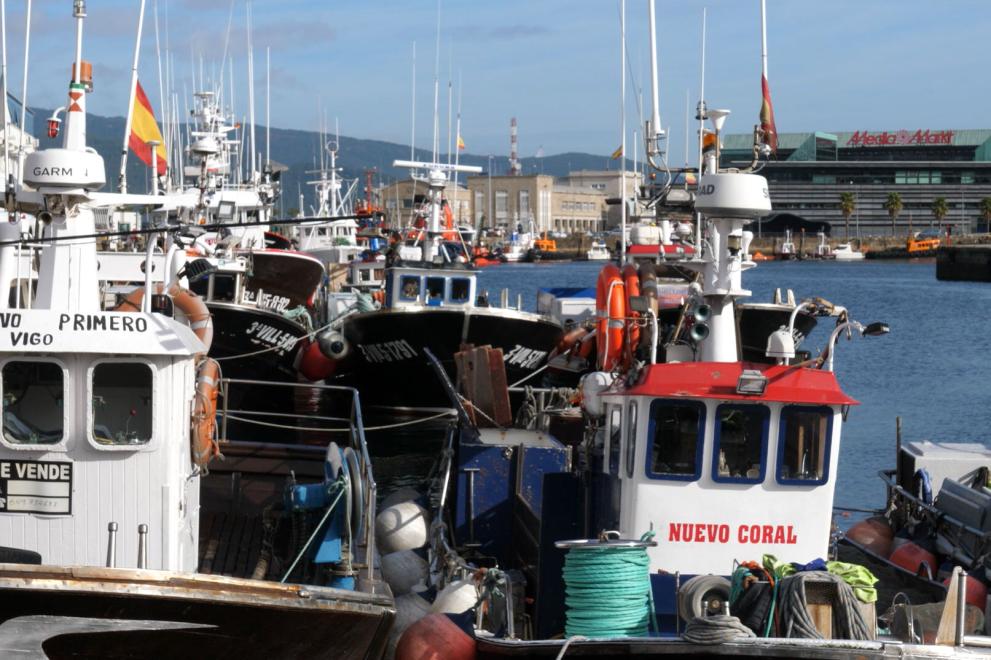
PuertAlMar, which translates as 'gateway to the sea', is a project that shows how human activities and thriving biodiversity can coexist in ports. It also shows how the carbon footprint of ports can be reduced. Located in the port of Vigo, on Spain’s Atlantic coast, this EU-funded project was carried out by the Autoridad Portuaria de Vigo – the Port Authority of Vigo - and the University of Vigo. It has produced very good results that can be replicated in other ports.
Combining industrial activities and rich biodiversity in ports
Vigo is the biggest port in Spain and a place where port activities, marine biodiversity and a city co-exist. The PuertAlMar project arose from the Blue Growth Strategy developed for the Port of Vigo. It was the first pilot in a series of three projects, along with Living Ports and Peiraos do Solpor, whose overall objective is to reduce the carbon footprint of the Port of Vigo. By conserving and restoring parts of the port, the project also benefits biodiversity and the development of fishing activities. Carlos Botana Lagaron, the Head of Sustainability Department of the Port of Vigo, explains: 'with the PuertalMar project, we defend the vision that ports can have important industrial activities while hosting a rich biodiversity.'
To help reach its ambitious goals, the PuertAlMar project designed innovative structures to recreate lost marine habitats within the port. These artificial structures were designed and manufactured by a team of ecologists at the University of Vigo, using 'biomimetic' techniques that imitate elements of nature. They were then installed under existing pontoons to attract marine plants and animals.
The project also plans actions and activities to raise awareness about the importance of improving the ecological status of the coastline affected by the port structure. Indeed, as underlined by Jesús Vázquez Almuiña, the President of the Port of Vigo, 'it is not only about achieving good environmental quality, we must make sure the population is made aware of the biodiversity observed on our waters.'
To this end, information panels have already been installed in the port, reinforcing the connection between the port and the city. In addition, the project also worked with the fishing and aquaculture sectors, and local schools through face-to-face meetings, achieving very good responses to the blue growth agenda.
The solution is in the ocean
Over the course of a year, the structures were monitored to evaluate the composition, abundance and diversity of the marine organisms settling on them. The functions of this new artificial ecosystem were then studied to understand its effect on socio-economic activities and especially the mitigation of climate change through CO2 fixation. Overall, more than 180 species relevant to carbon fixation were identified. Researchers estimate that the routine use of artificial structures in port areas could absorb an average of 5.9 kg CO2/m2. The corresponding reduction in CO2 emissions to the atmosphere contribute to the fight against ocean acidification and climate change.
The actions implemented are positive for everyone. Improving the ecological state of the coastline in an area significantly altered by industrial and port activities benefits not only the fishing and aquaculture communities, but also society in general. The EU funding (European Maritime and Fisheries Fund (EMFF)) allowed the project partners to establish a collaboration between the port sectors and the research community to work together on conserving the coastline. For Carlos Botana Lagaron, the lesson to draw from this project is that 'the solution to environmental problems we face in the world can be found in the ocean'.
Over a thousand people took a direct part in activities related to the project. With the added influence of newspapers, magazines, websites and social media, the impact was significant in both Galicia and Melilla. Finally, the researchers developed two handbooks out of the collected data, making the project even easier to transfer. Implementing similar infrastructures is already of interest to other port authorities.
The second phase of the project 'Living Ports' is supported by the EU’s programme for research and innovation Horizon 2020.
More information
Project page on Port of Vigo’s website
Video on the project
Details
- Publication date
- 27 February 2023
- Author
- Directorate-General for Maritime Affairs and Fisheries

